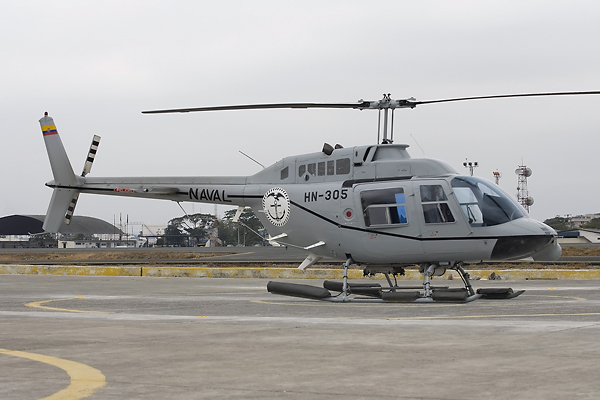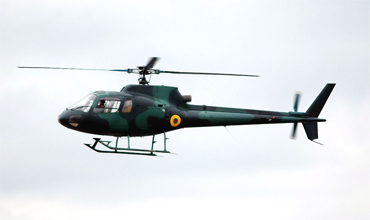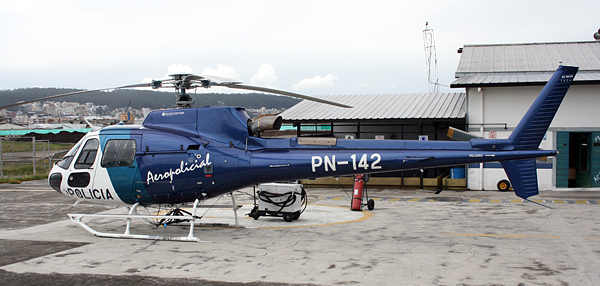Brief history
The FAE was officially created on October 27th 1920. However, like in many other countries, military flying activity started before the formal date of birth of the Air Force. The history of Ecuador is marked by many skirmishes with its neighbour Peru. As a direct result of the 1910 Ecuador-Peru crisis the members of Club de Tiro Guayaquil decided to expand their sporting activities to aviation as well. Renamed Club de Tiro y Aviación they started an aviation school. Cosme Renella, who gained his civil aviation license in Italy, was asked as an instructor and the first aircraft that arrived in November 1912 was a Farman. Surviving a crash during a demonstration flight, Capitán Renella went on to fight in Europe during the first World War. Renella was a true ace, as many as 17 combat victories are ascribed to him, and he received several distinctions in Europe. His efforts in the founding phase of Ecuadorian military aviation are still honoured today by naming the Escuela Superior Militar de Aviación after him.
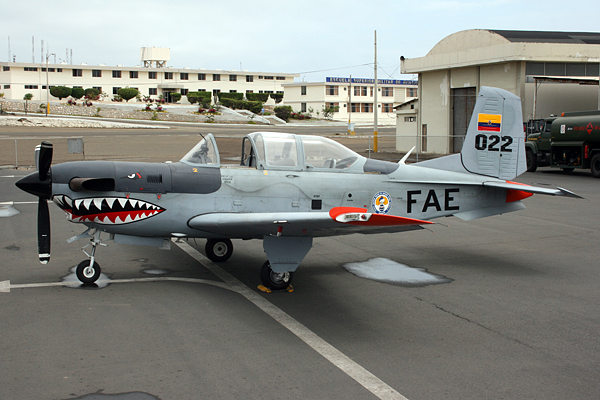
Photo: Simon Grigor
Aviation did not start in earnest until the early forties when a Ecuadorian mission to the United States resulted in the delivery of an assortment of aircraft for the Aviation school at Salinas. Three Ryan PT-22 Recruit, six Curtiss-Wright CW.22 Falcon, six Fairchild PT-19A Cornell and three North American AT-6A Harvard arrived in March 1942, considerably boosting the capacity of the Escuela de Aviación at Salinas.
The fifties and sixties saw a further build up of the airforce, gaining more units and aircraft. Meanwhile efforts were made in enhancing the facilities at various airbases. In may 1961 the First Air Zone (I Zona Aérea) with its subordinate unit Ala de Transportes No.11 was founded. The Second Air Zone (II Zona Aérea) controls the units in the southern halve of Ecuador: Ala de Combate No.21 at Taura, Ala de Rescate No.22 at Guayaquil and Ala de Combate No.23 at Manta as well as the Escuela Superior Militar de Aviación (ESMA) at Salinas.
FAE today
The airforce has a unique mixture of types on its inventory, mostly from Western origin. The prime fighters are the Mirage F.1, Kfir C2, CE, and Jaguar Mk.1 all based at Taura with Ala 21. For advanced training and light attack missions, Strikemaster Mk.89, 90, and A-37B are in use at Manta with Ala 23. These aircraft often operate from airfields in the amazon region.
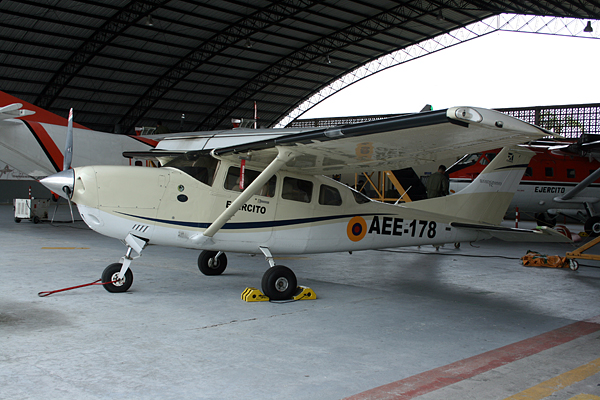
Photo: Simon Grigor
The transport wing uses various marks of the C-130 Hercules, DHC-6, BAe.748 to transport passengers, haul cargo and support the units deployed to the secondary airfields dotted around the country. Ala 11 has its own 'commercial' branch, like in many other South-American countries, the Transporte Aérea Militar Ecuatoriana (TAME). Besides the military transport aircraft, they also use Boeing 727 and Fokker 28 aircraft. Flying to locations off the beaten track, mostly lacking service by a commercial airline, TAME provides an additional service to the people of Ecuador. Presidential transport is among the tasking of Ala 11 as well; several Sabreliners are in use for this mission.
The FAE saw action on several occasions. A history of border disputes with Peru over the south-eastern Cenepa area saw escalation in 1981 and 1995. The FAE managed to down nine Peruvian aircraft in this last conflict, among which were one A-37B, two Su-22 and several Mi-8.
Besides the threat of its southern neighbour, the conflict believed being subdued by the 26 October 1998 Brasilia peace treaty, the FAE faces the war on drugs as well as many humanitarian and logistic missions into the amazon region of the country. Being a small country, supporting the relatively large airforce with a variety of aircraft types, is a burden. Nevertheless, with the perils of the recent past and present War on Drugs acting as an incentive, the FAE is dedicated to maintain a high profile.






